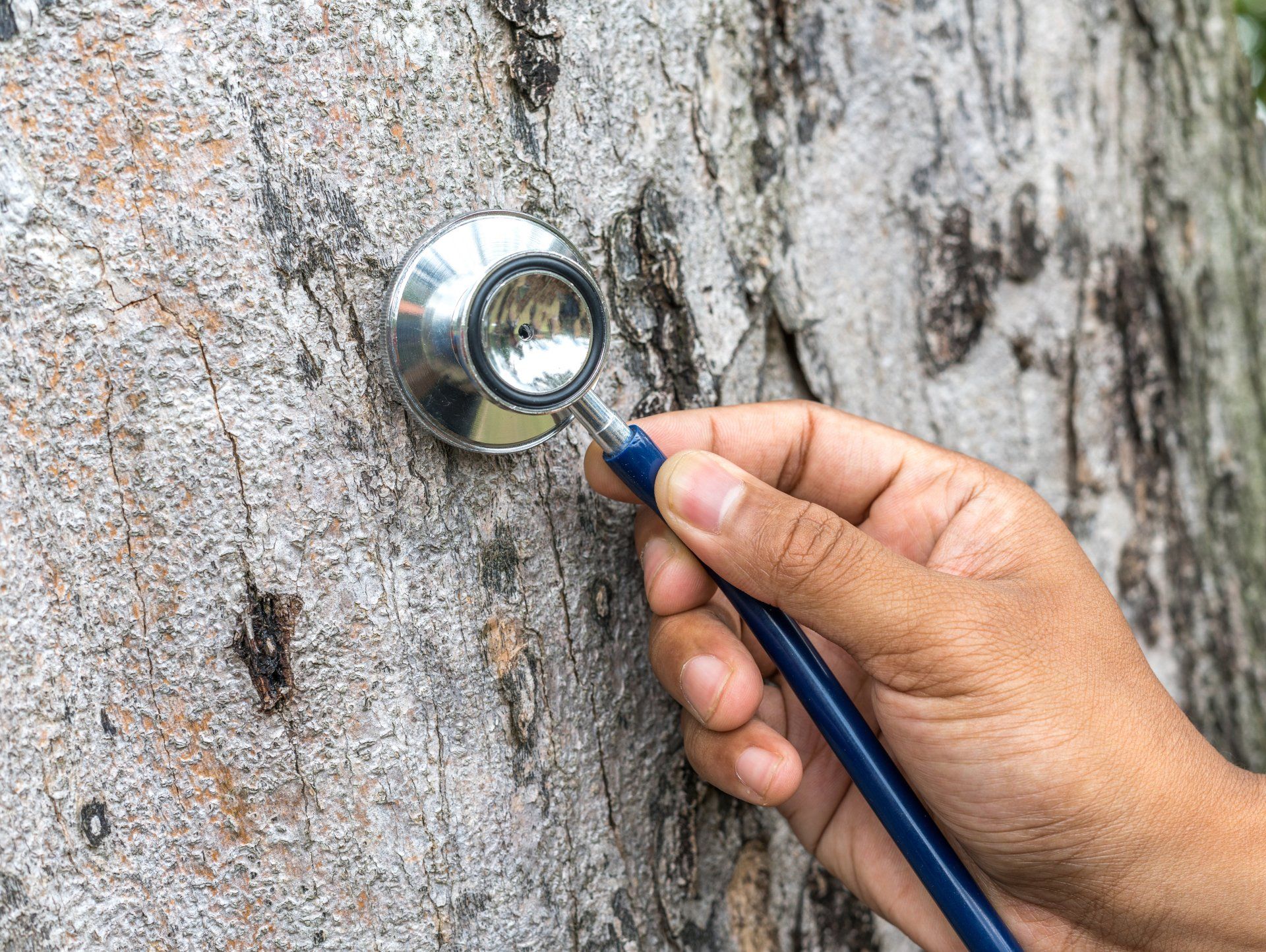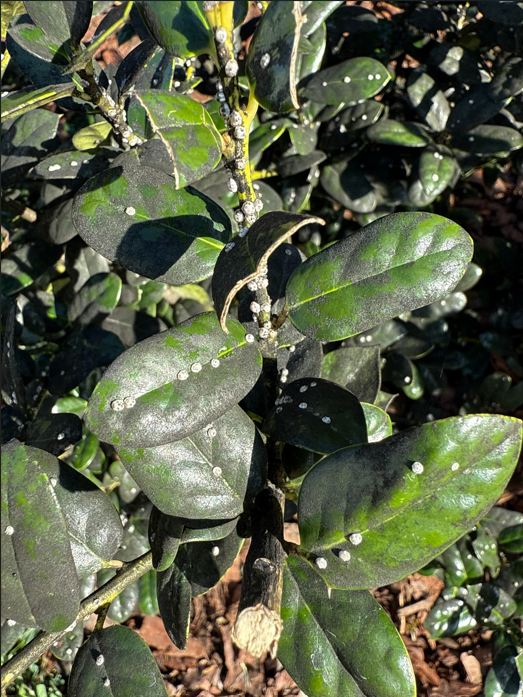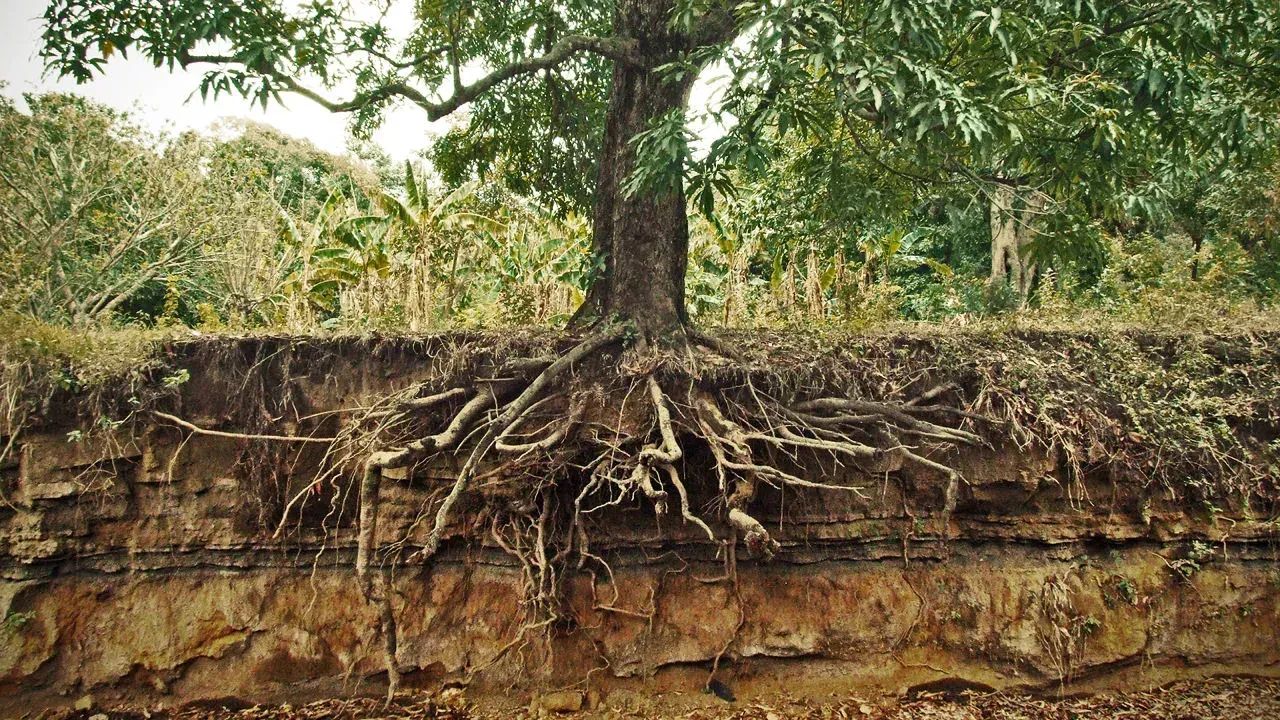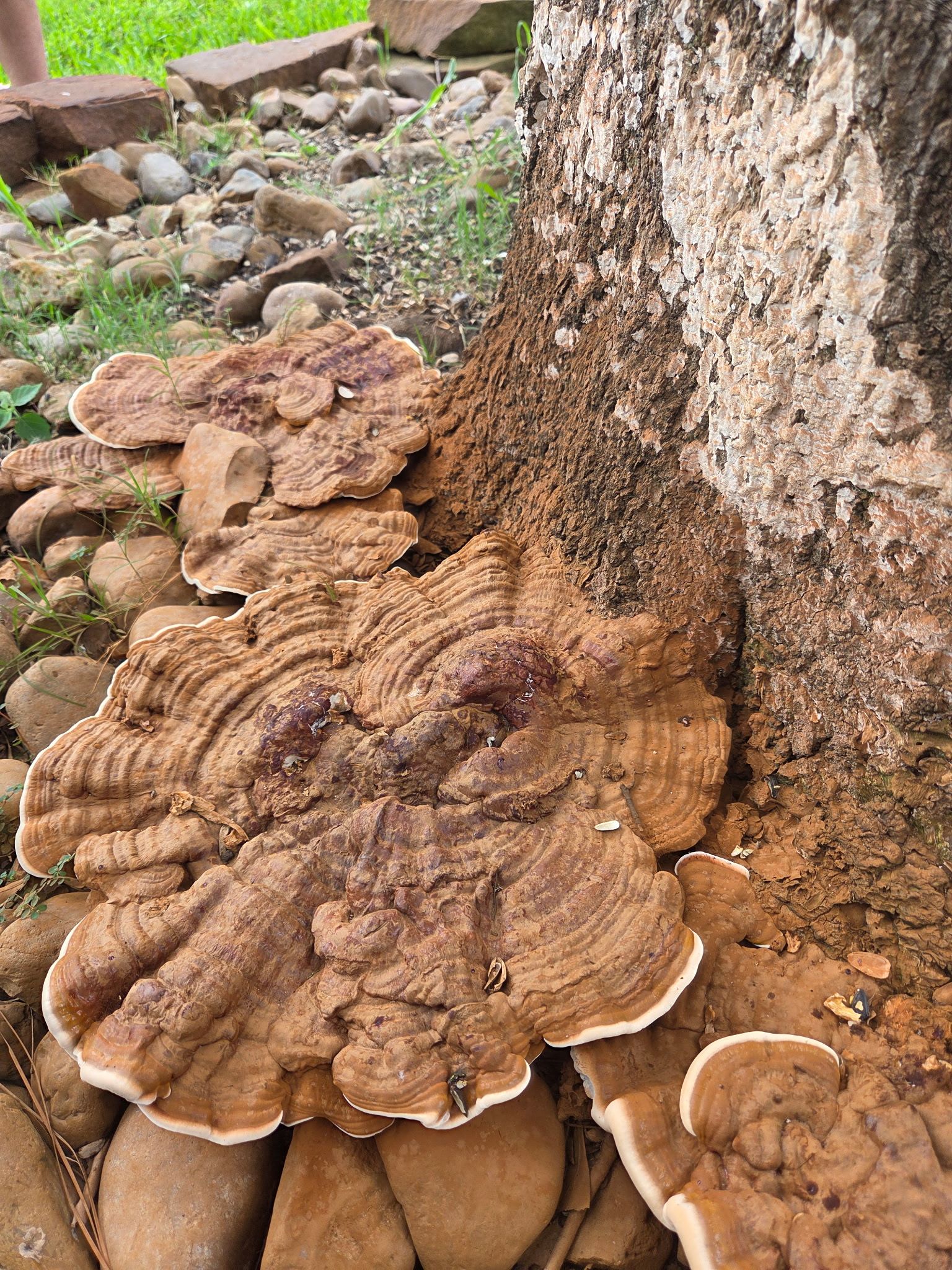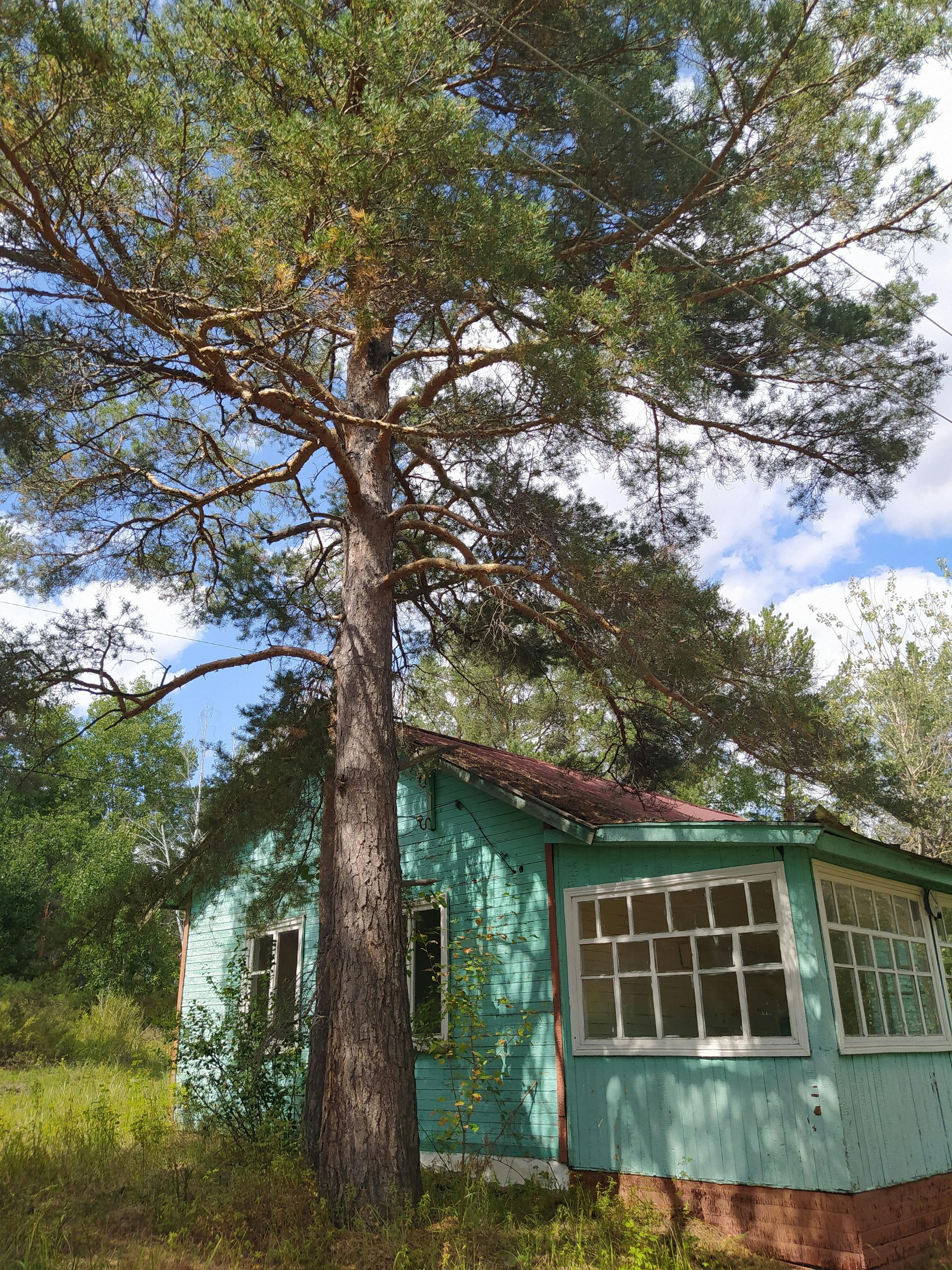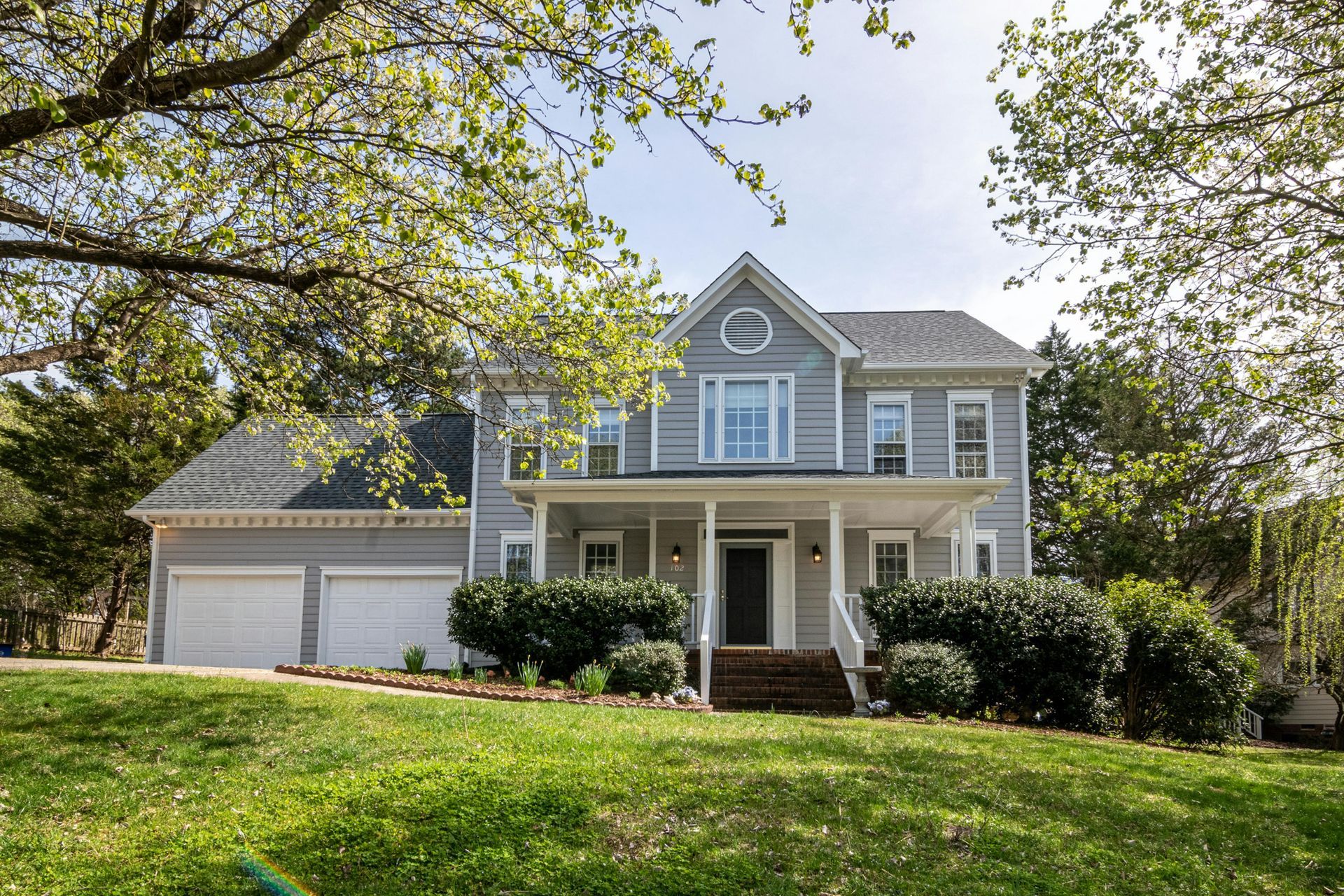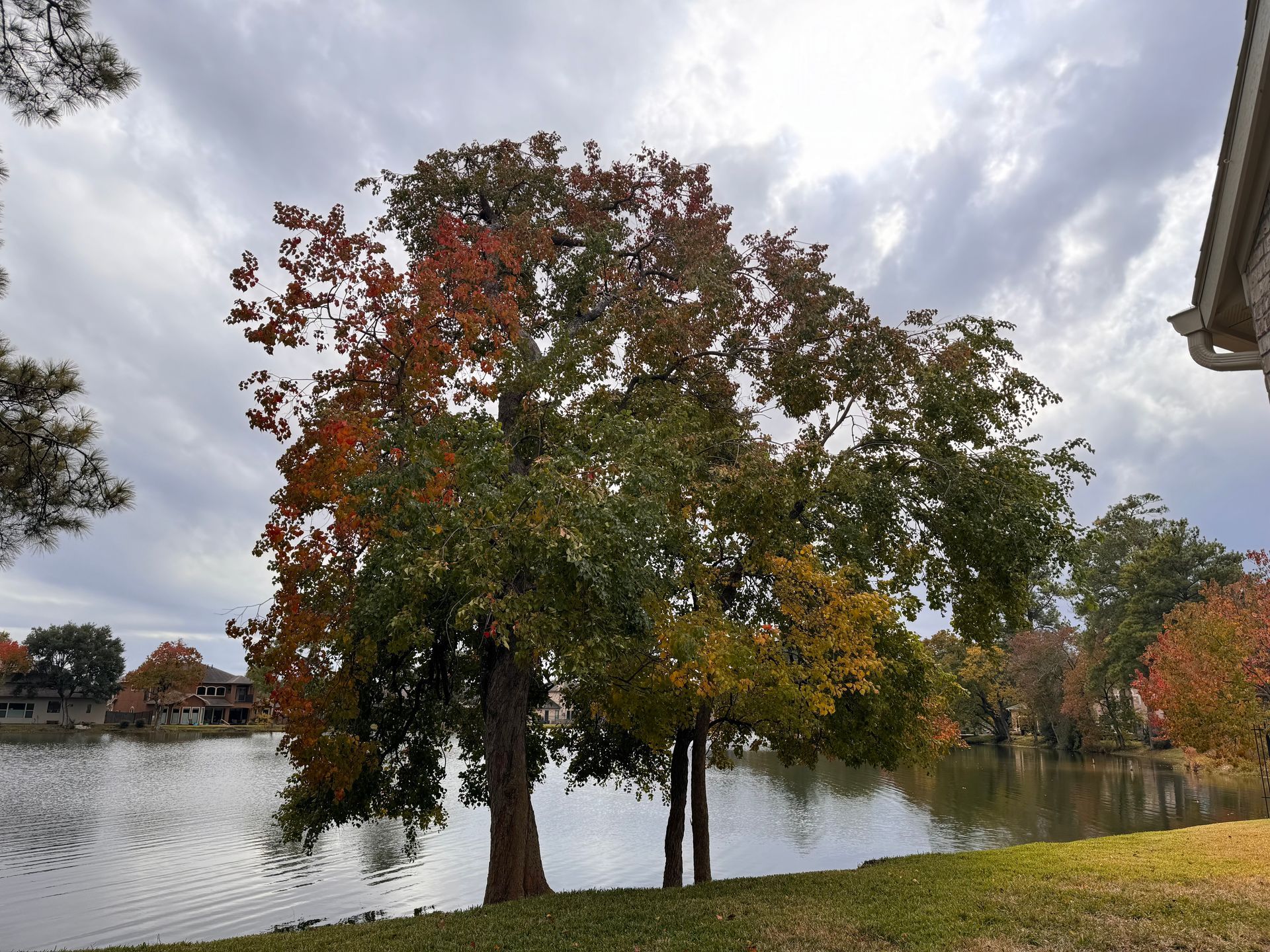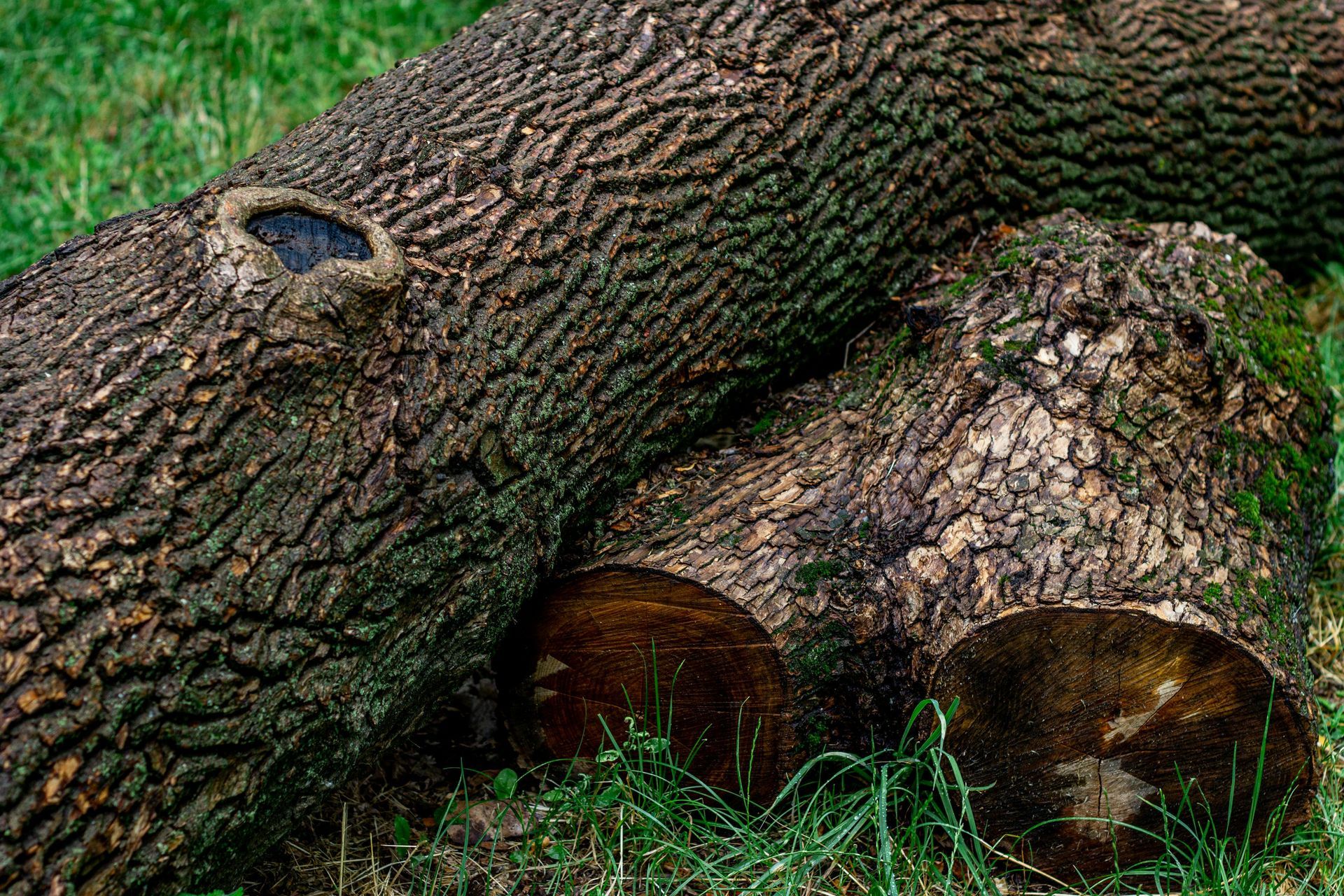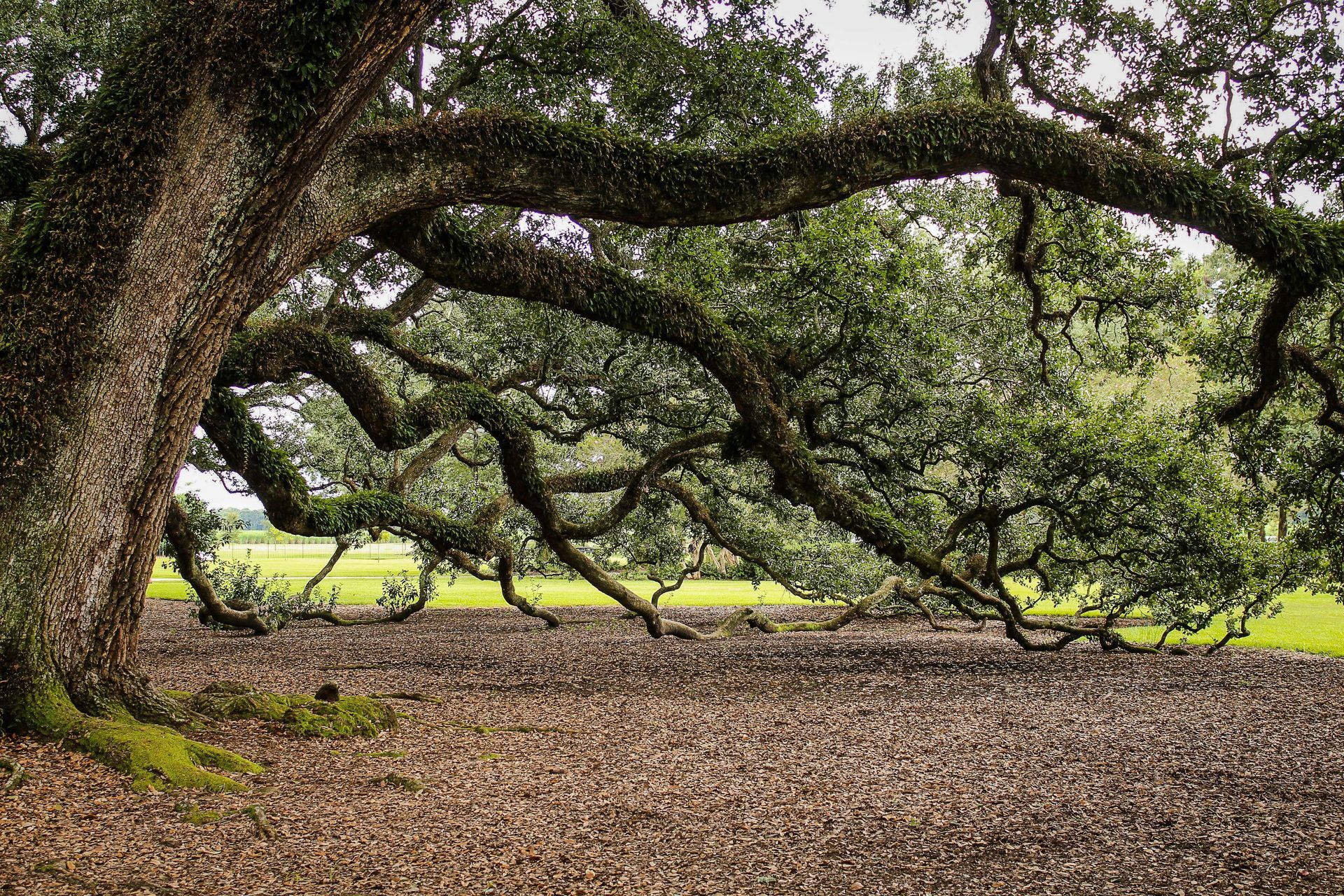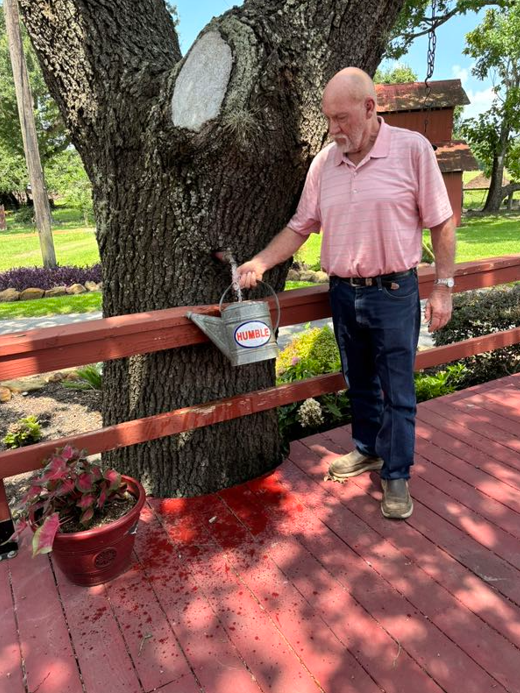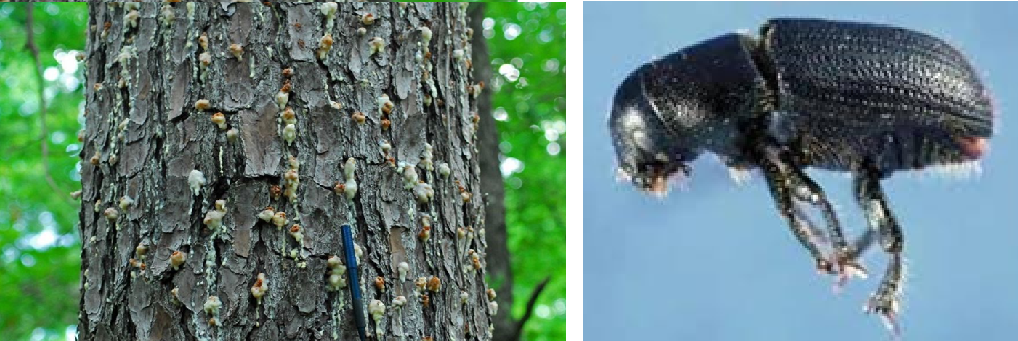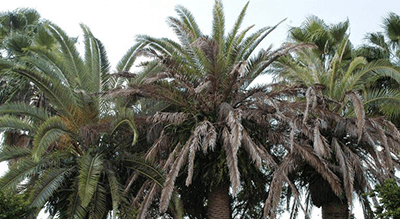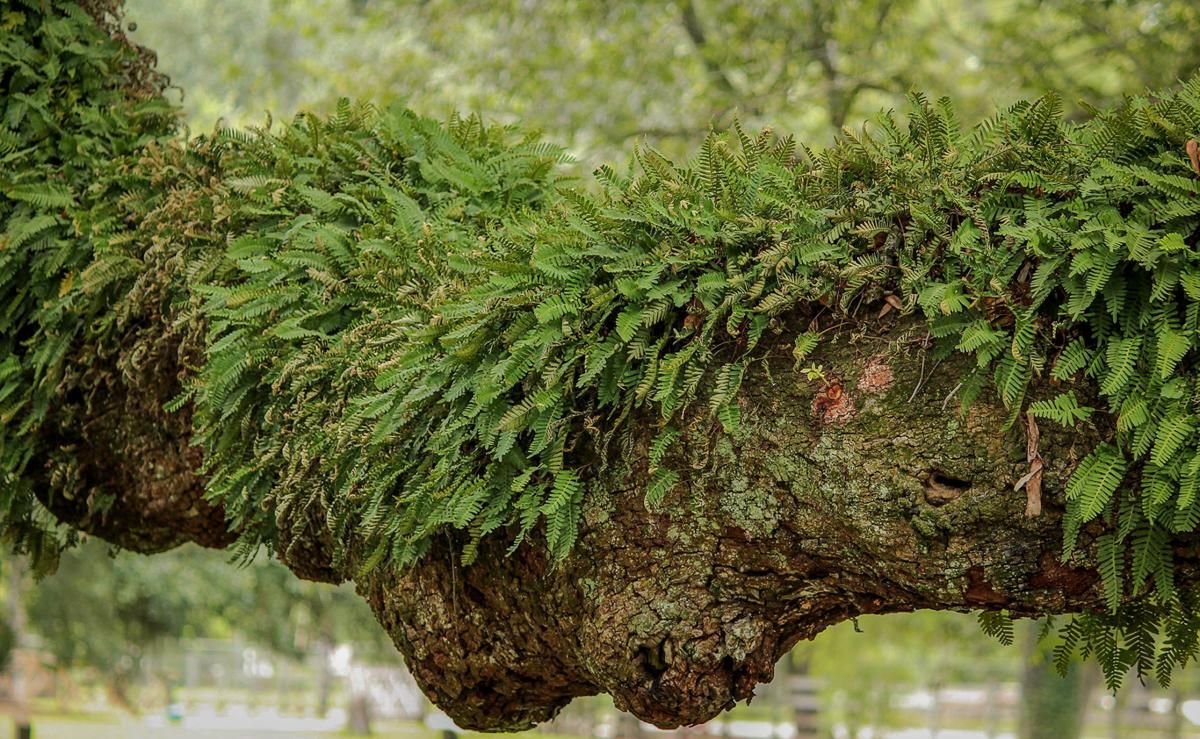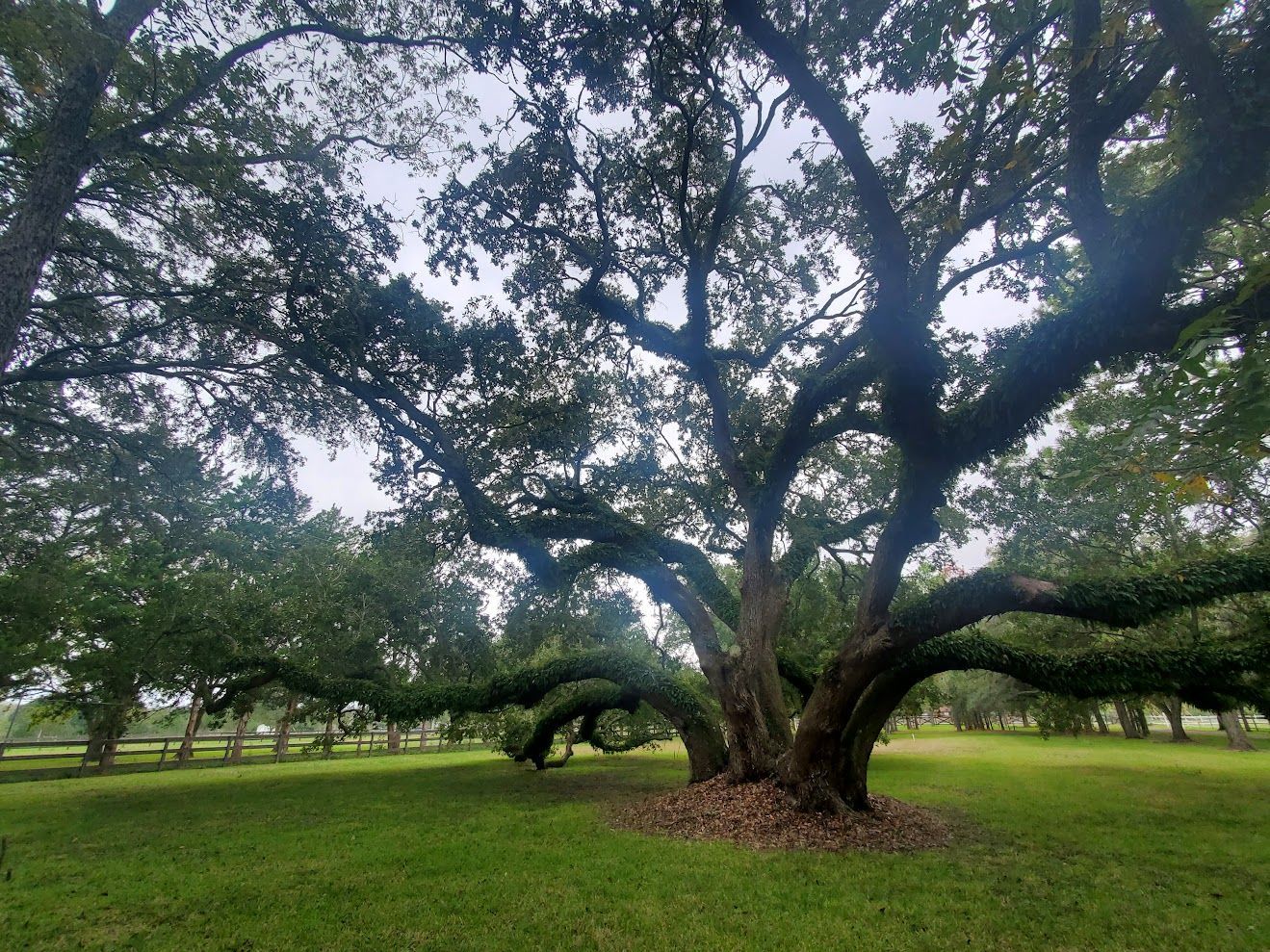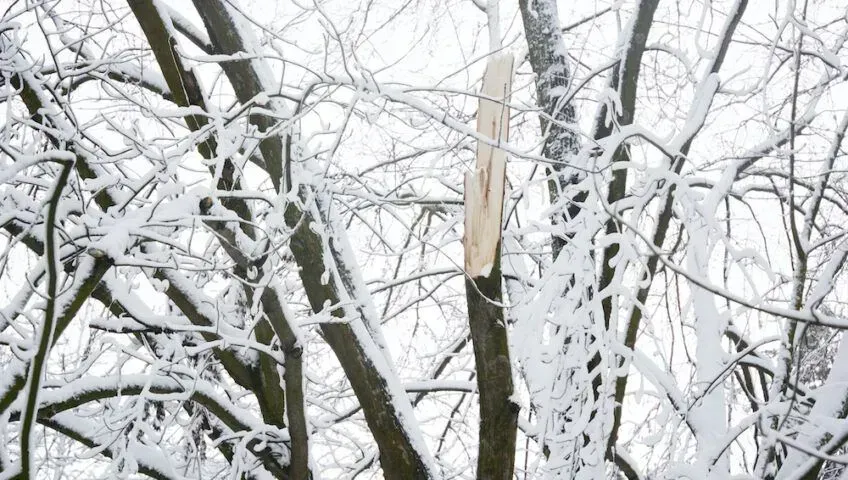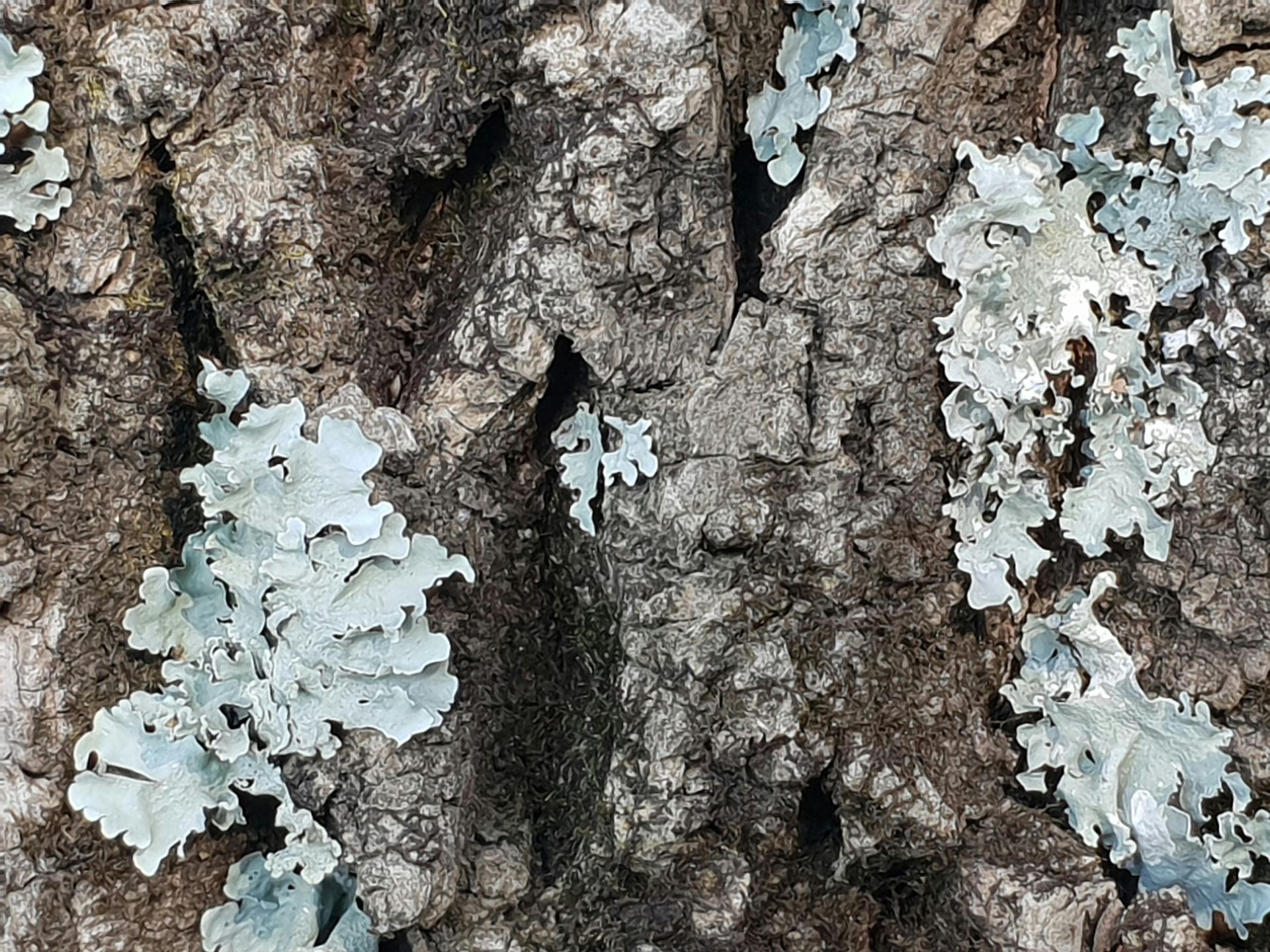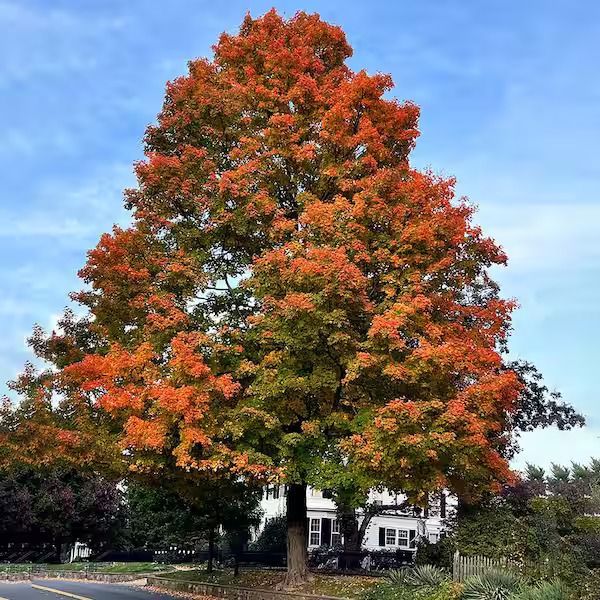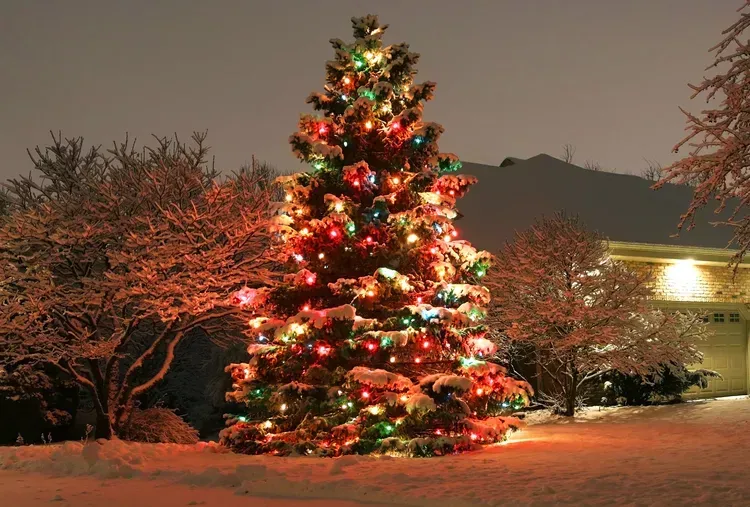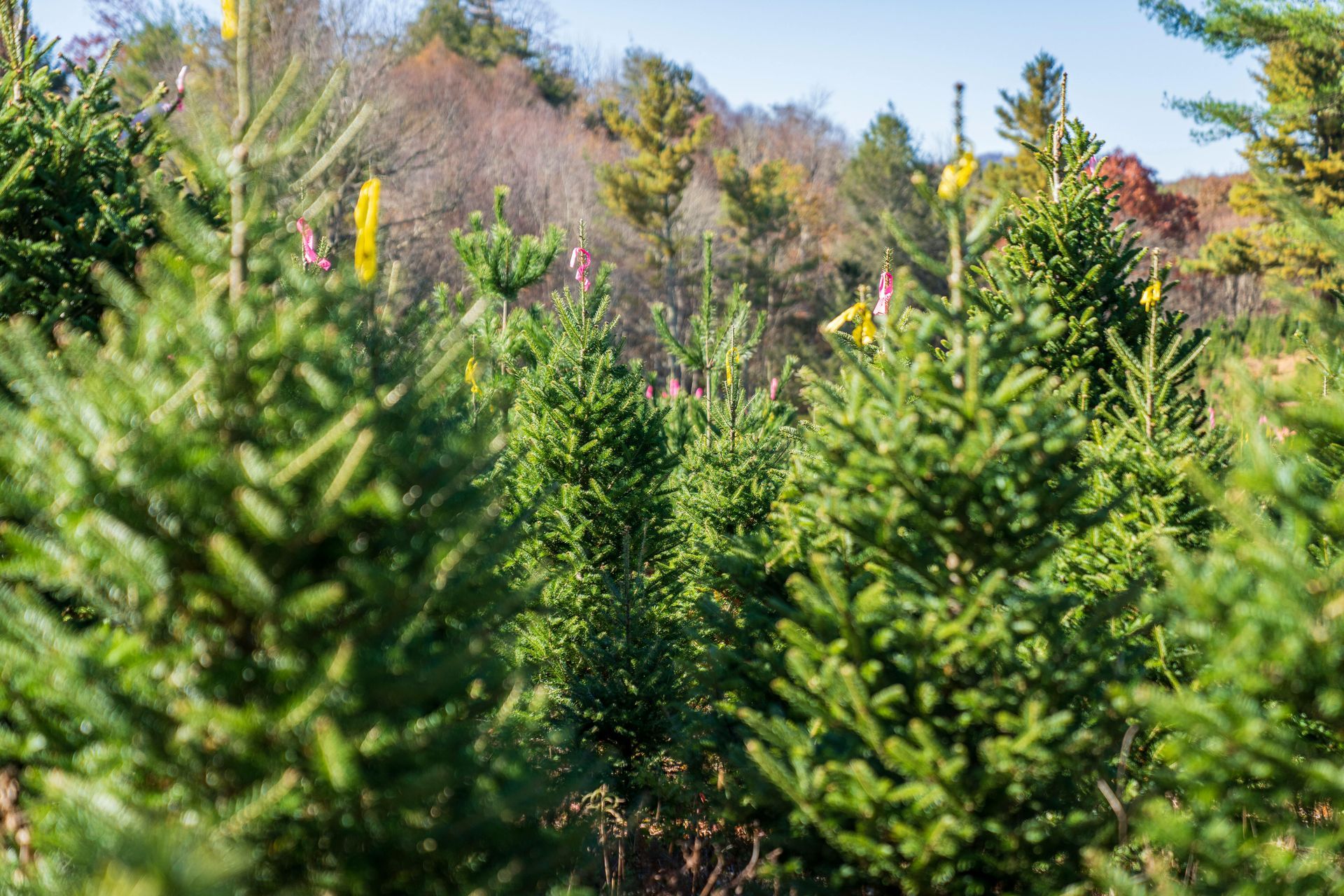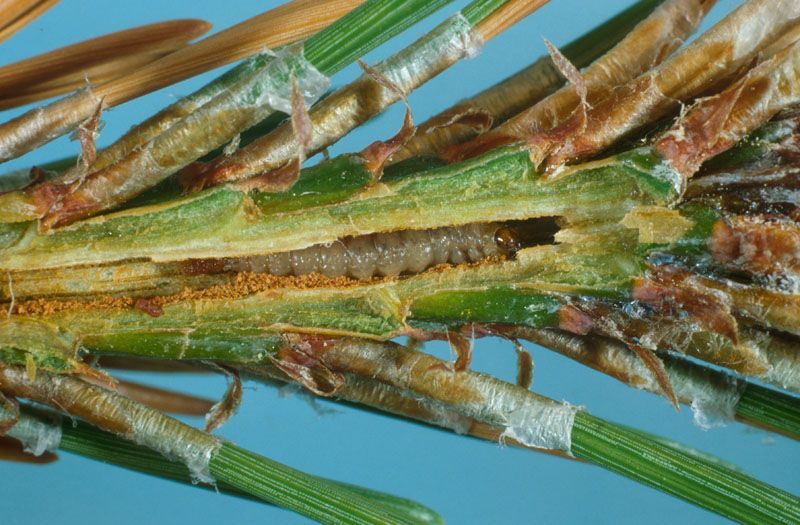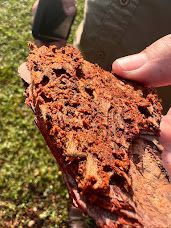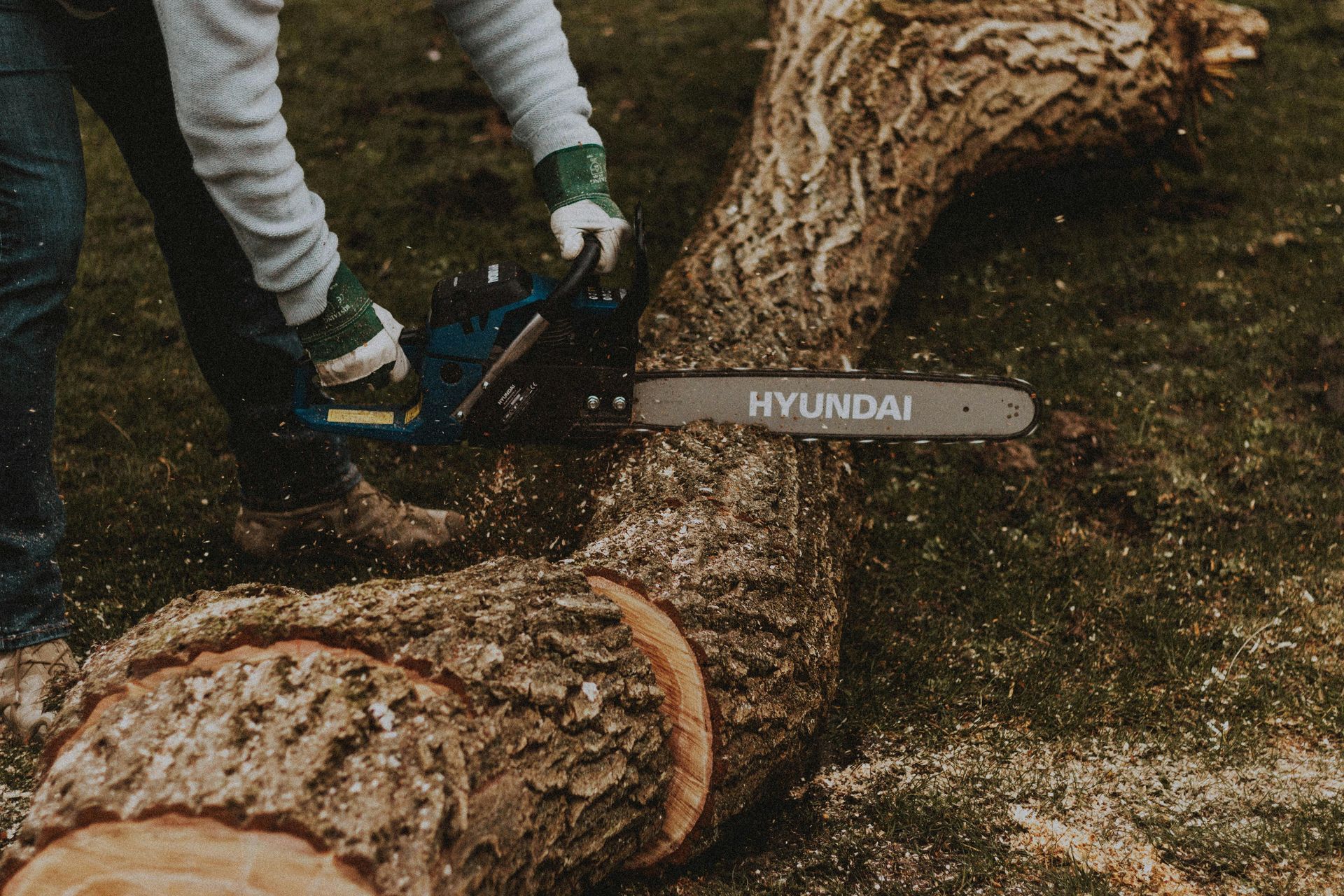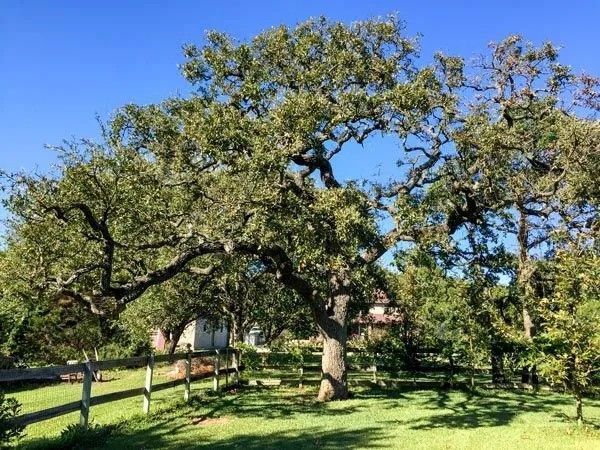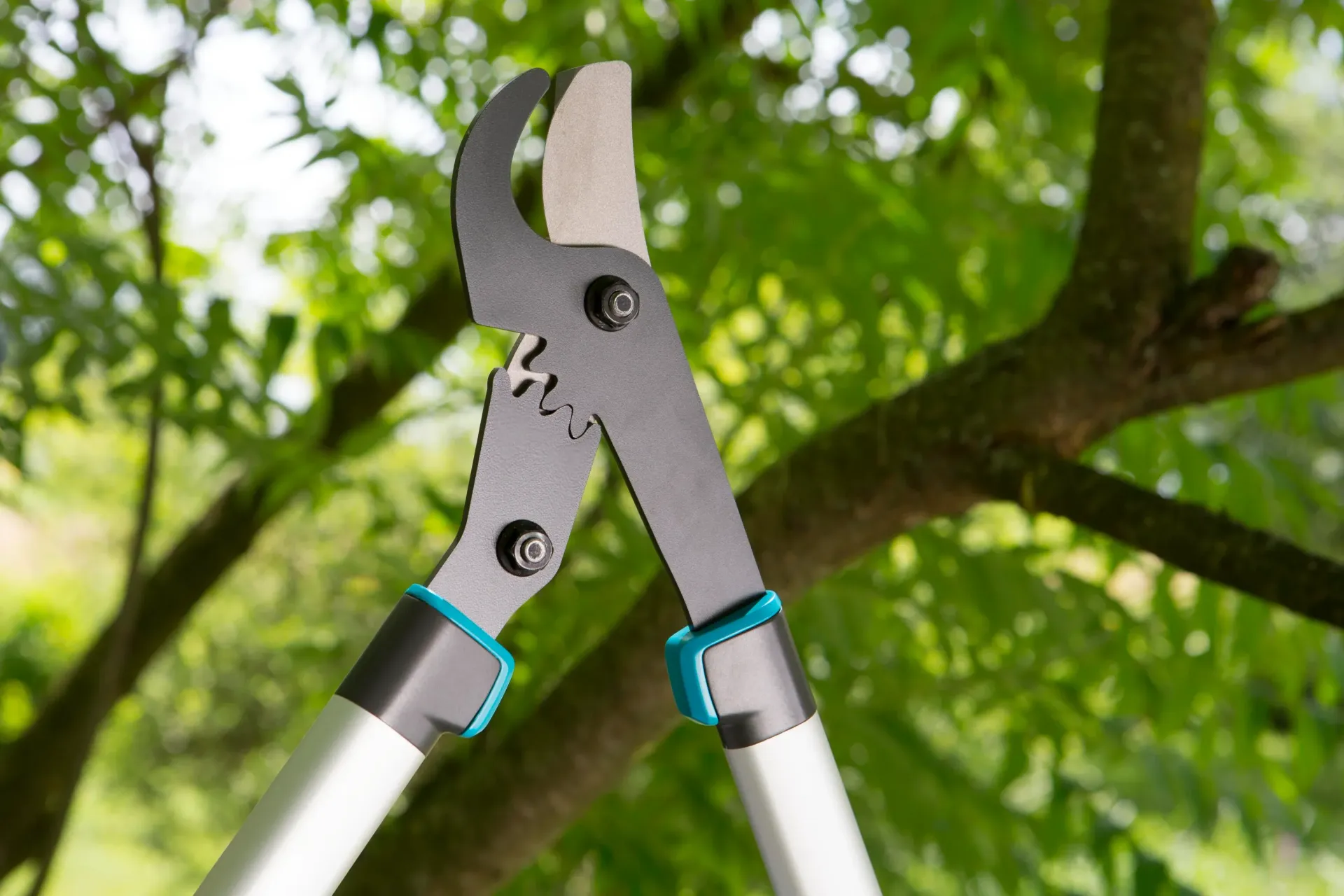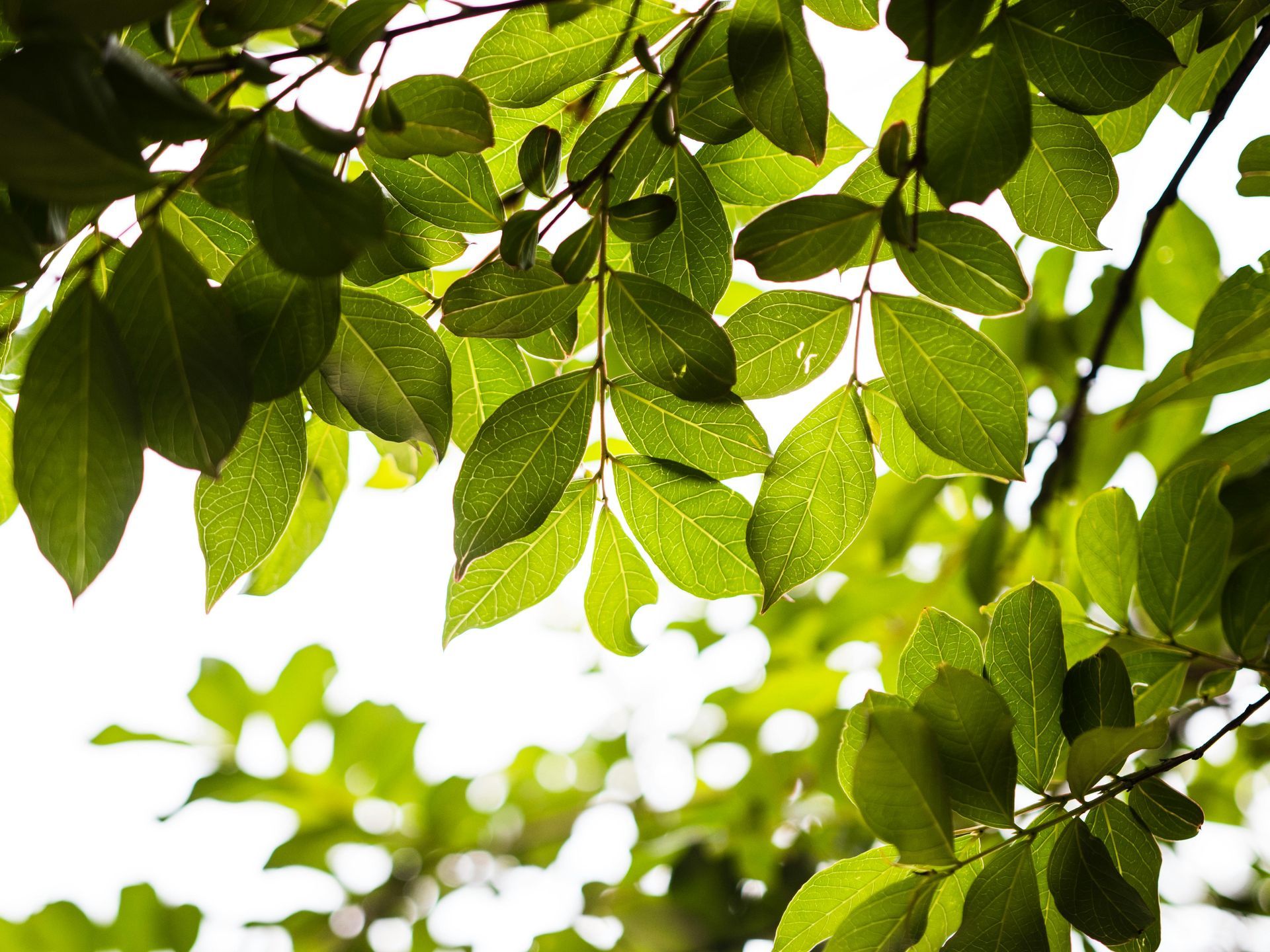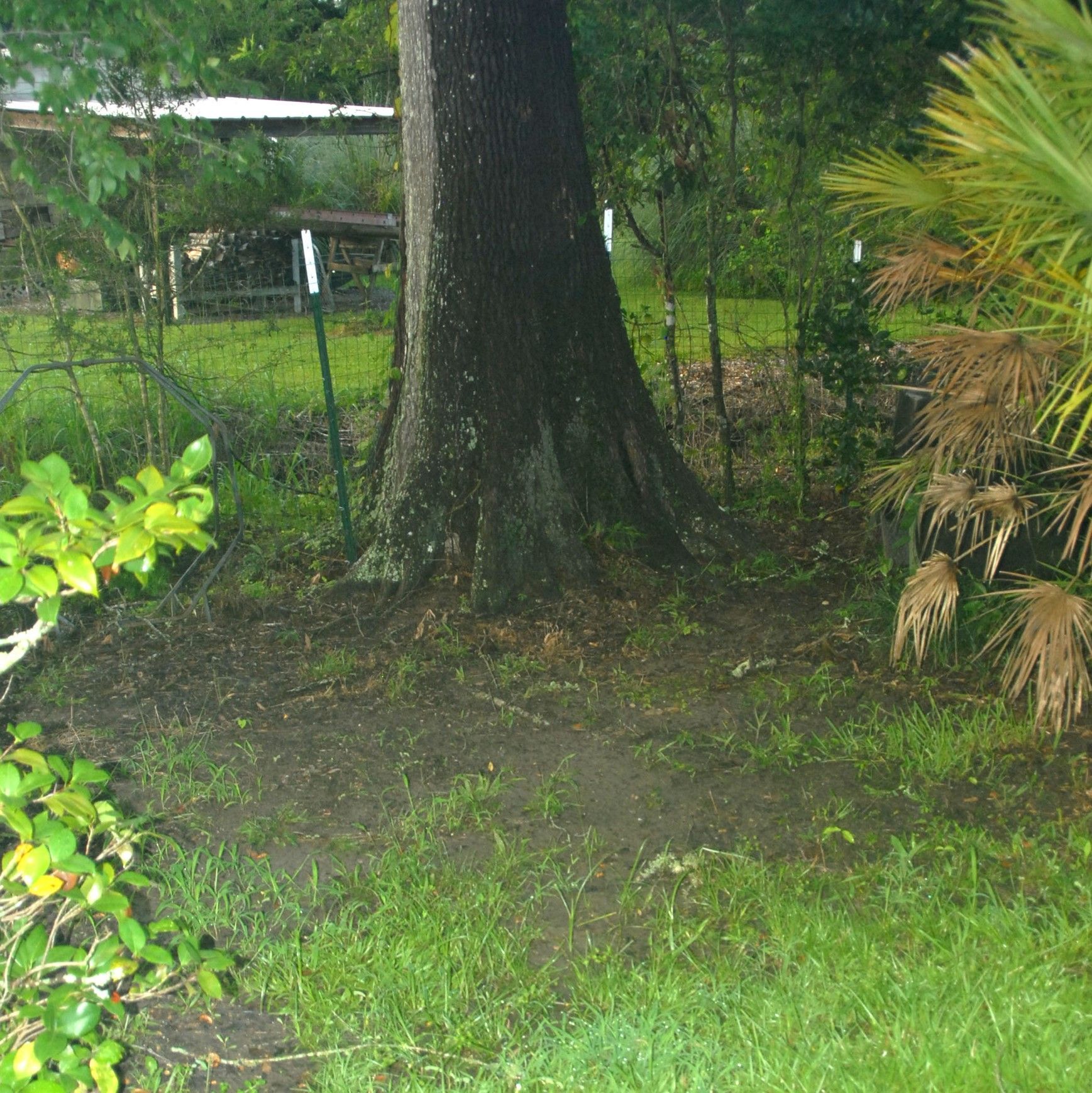Liriope's Muse - Tree Care Tips From A Master Arborist
Liriope's Muse - The Hidden Dangers of Installing Root Barriers: A Holistic Arborist’s Perspective
In the world of tree care, root barriers are often touted as a quick solution to prevent tree roots from invading sidewalks, foundations, or utility lines. But while they may offer short-term relief, root barriers can have serious long-term consequences for tree health and structural integrity. At Eric Putnam BCMA, Inc., we take a holistic view—one that prioritizes the life of the tree and the ecosystem it supports.
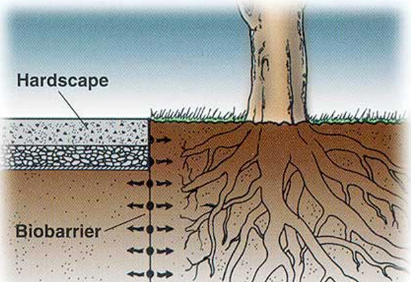
This image shows how the tree's crutial roots have been completely severed during the instilation on this root barrier.
Trees Don’t Attack—They Adapt
A core principle of holistic arboriculture is understanding why roots grow where they grow. Trees do not aggressively seek out or “attack” structures. They grow where soil, moisture, and space allow. If a sidewalk, foundation, or utility line is well-designed and structurally sound, tree roots will naturally grow around or away from it.
However, if a structure is poorly built, leaking, or cracked—essentially offering an environment conducive to root growth—a tree may opportunistically take advantage of it. In these cases, it’s the structure’s failure, not the tree’s intent, that leads to conflict.
This is why focusing on soil health, root system function, and infrastructure design is more effective than installing artificial barriers.
What Are Root Barriers?
Root barriers are physical or chemical barriers placed in the soil to direct or block the growth of tree roots. They are typically installed vertically between the root zone and a structure or landscape feature, such as a building foundation, driveway, or underground pipe.
While these barriers are intended to "protect" infrastructure, they often do so at the tree’s expense.
The Problem with Root Barriers
1. Disrupted Root Architecture
Trees rely on a wide-reaching network of roots for stability, water uptake, and nutrient absorption. When a barrier is installed, it disrupts this natural system—sometimes severing major roots during trenching and preventing the tree from accessing resources beyond the barrier.
Over time, the tree compensates by growing a constricted or imbalanced root system, which can:
- Lead to mechanical instability (higher risk of falling in storms)
- Cause canopy dieback due to water and nutrient shortages
- Promote girdling roots that strangle the tree from the inside out
2. Root Deflection Causes Structural Issues
Root barriers don't always stop roots—they redirect them. This often causes roots to grow downward or along the barrier’s surface, which can concentrate stress in a small area or cause roots to circle back toward the trunk.
These redirected roots can:
- Damage the tree’s own root collar or lower trunk
- Create a false sense of protection while still compromising nearby hardscapes
- Lead to structural failure when redirected roots can no longer support the canopy
It’s also important to understand that healthy tree roots do not naturally grow toward solid structures without reason. When a foundation or sidewalk begins to crack or leak moisture, it creates a favorable microenvironment. In these cases, the tree is not causing the failure—it is responding to an opportunity. Blaming the tree ignores the larger issue: poor construction or aging infrastructure.
3. Trenching = Severe Root Damage
Installing a root barrier requires trenching—often 24–36 inches deep and several feet long. In established trees, this means cutting through structural roots, which can:
- Remove 20% or more of a tree’s root system
- Cause immediate stress and decline
- Expose the tree to pathogens and decay organisms
- Potentially violate ANSI A300 standards for root pruning and protection
For many species, especially live oaks and pecans common to Texas landscapes, losing even a portion of the root system can be devastating.
4. Impaired Soil Hydrology and Microbial Balance
Barriers—especially plastic ones—change the way water moves through the soil. They can cause water pooling or drying, leading to anaerobic conditions or drought stress on one side of the root zone.
Additionally, barriers can disrupt beneficial soil microbes and mycorrhizal networks, which are essential for nutrient exchange and disease resistance. In holistic tree care, this underground ecosystem is just as important as what we see above ground.
Alternatives to Root Barriers
As a holistic tree care company, we advocate for preventative planning and adaptive solutions that protect both the tree and the structure:
- Plant the right tree in the right place. Choose species that are appropriate for the space, and avoid large-growing species near foundations or hardscapes.
- Use root-friendly engineering solutions. Reinforced sidewalks, bridging root zones, or flexible paving systems can preserve roots while protecting infrastructure.
- Implement soil-based strategies. Air spading, vertical mulching, and soil decompaction can promote root growth away from sensitive areas without physical obstruction.
- Consult a certified arborist. Before installing any barrier or beginning construction near trees, a root zone assessment can identify critical roots and help design around them.
Root barriers may seem like a practical solution, but they often trade short-term convenience for long-term damage. Trees are dynamic, living organisms with complex root systems that don't respond well to physical confinement or sudden injury.
And most importantly: trees don’t cause damage to structures that are well built.
Instead of working against trees, we can design and manage our spaces to work with them.
At Eric Putnam BCMA, Inc., we always begin with the question: What does the tree need to thrive?
If you’re dealing with root-related issues or planning construction near trees, we can help guide you toward solutions that protect both your property and the long-term health of your trees.
Need a root zone evaluation or construction consultation?
Contact us today to schedule an appointment with a Board-Certified Master Arborist. Your trees deserve more than a barrier—they deserve a plan.
Read our Previous Posts!
Liriope’s Muse - Expert Tree Care Tips
